By Terry Sovil from the November 2010 Edition
Aqui la eternidad empieza y es polvo aqui la mundanal grandeza. (Here the eternity begins and the worldly grandeur is dust.) – Sign over a cemetery entrance in Ohaxaca City.
boy!! An opportunity to learn about the culture and celebrations of my new home! From delighted to deflated as research brought a collision of “other” days and comparisons between them. What other days? Well: Halloween, All Saints Day, All Souls Day and Thanksgiving. All were mentioned as similar to The Day of the Dead. Some I rejected out of hand but there is significance in their varied origins and celebration dates.
. October 31. Roots in the Celtic festival of SamhainHalloween(“sow” – like a female pig and – “en”). There are connections in dates and themes. This celebration was moved by Western Christians (Catholic Church) to coincide with “All Saints Day”. Eastern Christians still celebrate it in the spring. The Celts started their day at sunset the night before so Samhain was the “Eve of All Hallows”. It marked the dark half of the year and a time when the dead walked among the living with the veil between them thin. Although rooted in Druid traditions, Halloween today is largely a secular event with nothing to tie it to The Day of the Dead. Mexico seems to like Halloween but probably more as an economic incentive.
November 1, this is the Catholic ChurchAllSaints“SolemnityDay. of All Saints” also called “All Hallows” or “Hallowmas”. It is observed on November 1 in Western churches and the first Sunday after Pentecost in Eastern churches. It commemorates all the saints who have attained “beatific vision” in Heaven. There is a fundamental belief in a connection between those that have died that watch over and intercede with God on behalf of the living via their prayers . November 2, to commemorate the faithfulAllSoulsdepartedDy.. It is observed principally in the Catholic Church and the doctrine that a when a person dies and has not yet attained full sanctification and moral perfection, required to enter Heaven, the sanctification is done in Purgatory. Officially “The Commemoration of All the Faithful Departed”.
What about ? Unrelated year end harvest feast first celebratedThanksgivingwithNative Americans. It was common among the Pueblo, Cherokee, Creek and others with ceremonial dances and celebrations of thanks long before they had a white immigrant problem.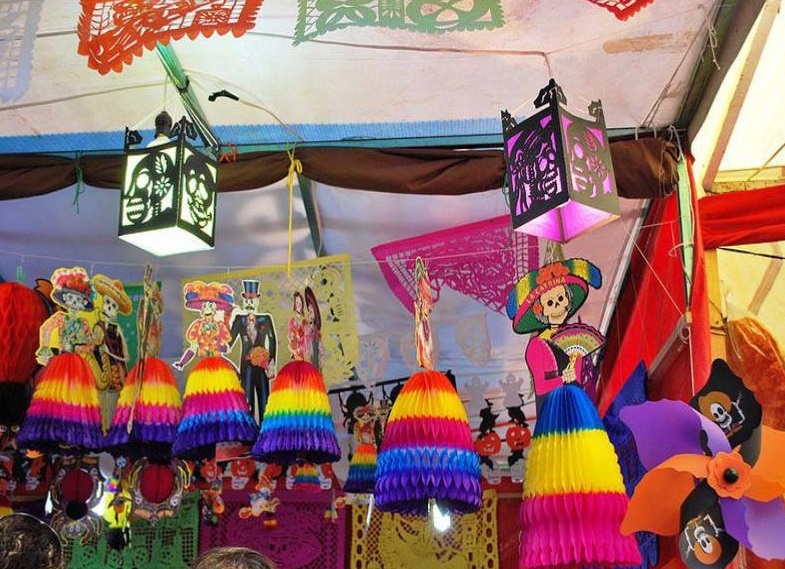
Right, the headline does say . Now you know what it’s not! CelebratedDayOctoberofthe Dead31and November 2 this too was a celebration common in many Latin American countries. In Mexico it was celebrated in July/August but the Spaniards (Catholic Church) changed to the date to November 2 to coincide with All Souls Day. The indigenous people had been celebrating this for at least 3,000 years before the Spaniards arrived. Today it is called Día de los Muertos or Day of the Dead.
People don skull masks (calacas) and honor their deceased relatives. Sugar skulls, with the name of a dead person, are eaten by a relative or friend. The tradition of skulls comes from the Aztecs who kept skulls as trophies and displayed them during rituals. The skulls symbolize death and rebirth. They were used to honor the dead whom the Aztecs believed came back to visit during the month-long ritual. Originally celebrated on the ninth month of the Aztec Solar
Calendar, approximately the beginning of August, it was celebrated the entire month. Festivities were presided over by Mictecacihuatl, the goddess known as “Lady of the Dead” believed to have died at birth.
The Spaniards viewed death as the end of life but the natives viewed it as a continuation. Instead of fearing it, they embraced it. To them, life was a dream and only in death did they truly become awake. They honored duality as dynamic, not separating death from pain or wealth from poverty as in Western cultures. The Spaniards considered the ritual sacrilegious, barbaric and pagan and they tried to kill it. The tradition refused to die so it was moved to coincide with All Saints Day and All Souls Day (Nov 1 and 2).
The celebrations can vary depending on where you are. In rural Mexican people visit the cemetery where loved ones are buried. They decorate the sites with marigold flowers and candles. They bring toys for dead children and tequila for adults. They picnic by the gravesite with favorite foods of the deceased. Many build altars in their homes or places of work and dedicate them to their dead. The altars will contain photos, flowers, food and lit candles.
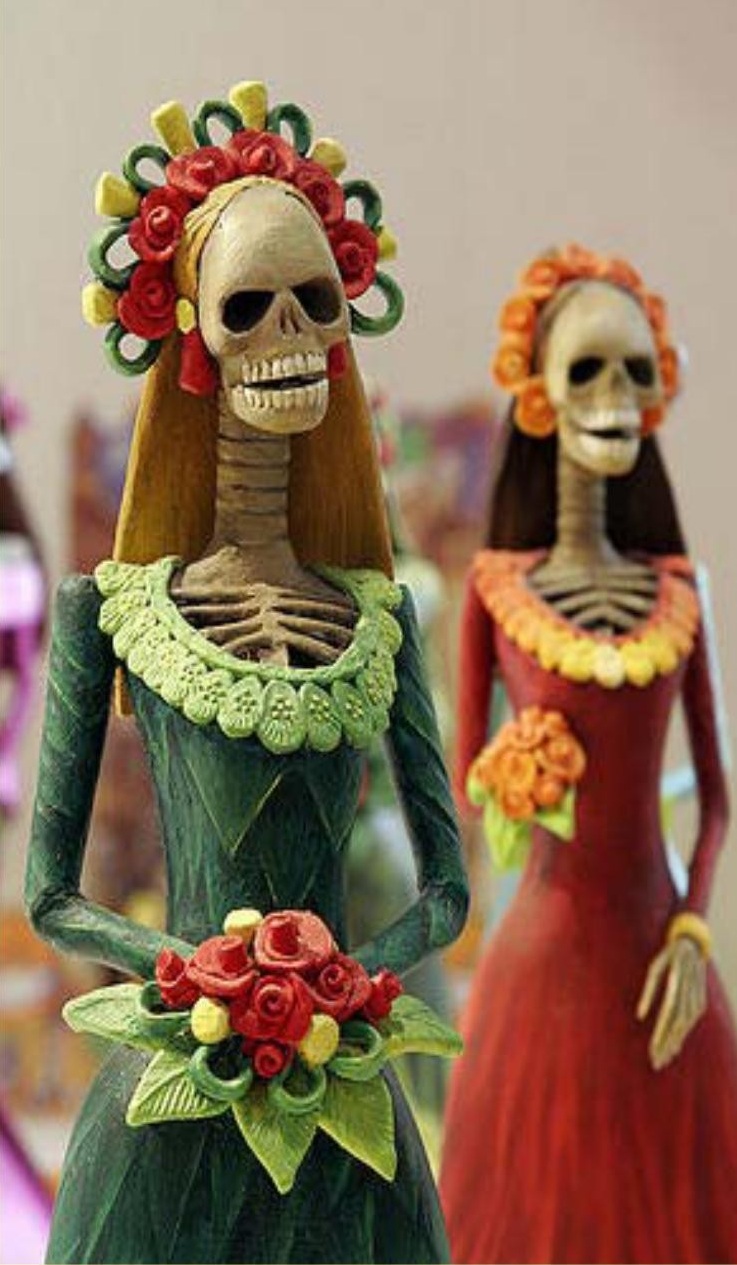
Download the full edition or view it online
—
Terry is a founding partner and scuba instructor for Aquatic Sports and Adventures (Deportes y Aventuras Acuáticas) in Manzanillo. A PADI (Professional Association of Dive Instructors) Master Instructor in his 36th year as a PADI Professional. He also holds 15 Specialty Instructor Course ratings. Terry held a US Coast Guard 50-Ton Masters (Captain’s) License. In his past corporate life, he worked in computers from 1973 to 2005 from a computer operator to a project manager for companies including GE Capital Fleet Services and Target. From 2005 to 2008, he developed and oversaw delivery of training to Target’s Loss Prevention (Asset Protection) employees on the West Coast, USA. He led a network of 80+ instructors, evaluated training, performed needs assessments and gathered feedback on the delivery of training, conducted training in Crisis Leadership and Non-Violent Crisis Intervention to Target executives. Independently, he has taught hundreds of hours of skills-based training in American Red Cross CPR, First Aid, SCUBA and sailing and managed a staff of Project Managers at LogicBay in the production of multi-media training and web sites in a fast-paced environment of artists, instructional designers, writers and developers, creating a variety of interactive training and support products for Fortune 1000 companies.

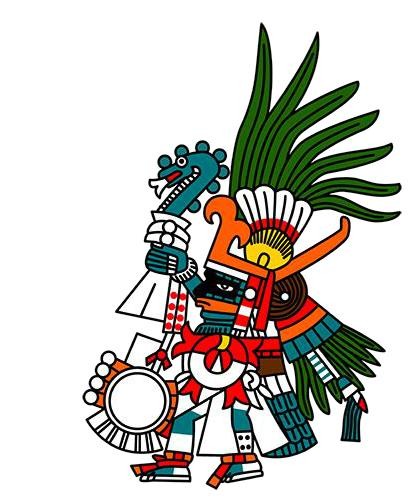
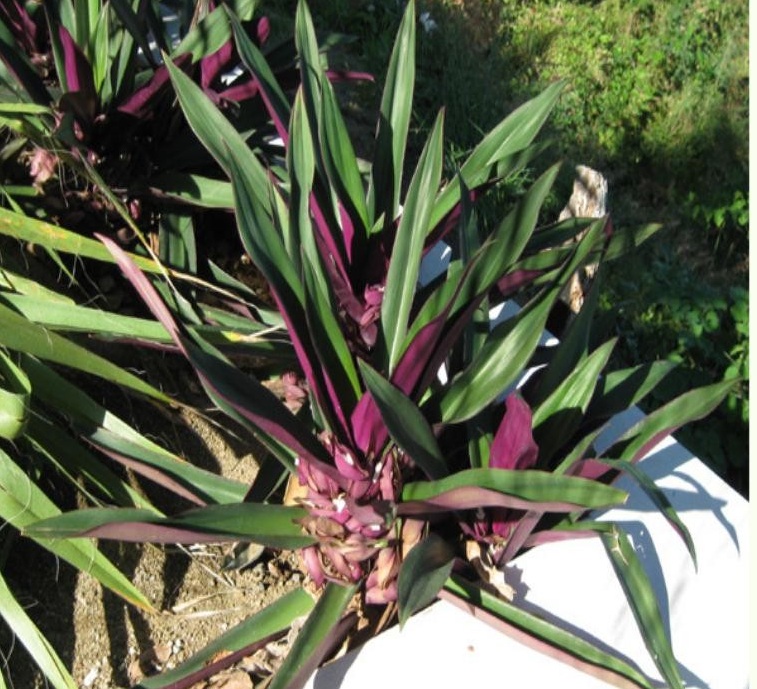
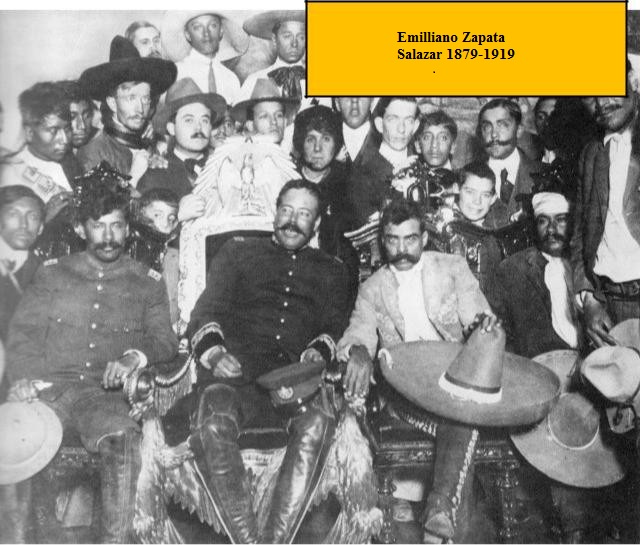
You must be logged in to post a comment.